Quirky, characterful house museums in London
There’s something irresistible about a house museum. The creak of floorboards, a half-burned candle on the mantelpiece, a sense that someone has just stepped out of the room. London has no shortage of homes once lived in by artists, architects, writers, and eccentrics of every kind. Some are grand and imposing, like Apsley House, still filled with the trappings of aristocracy. Others are wonderfully strange, like the postmodern Cosmic House or Dennis Severs’ candlelit homage to 18th-century Huguenots.
This is a guide to London’s many characterful and quirky house museums.
Sir John Soane’s Museum
It’s hard to write about London’s house museums without mentioning Sir John Soane’s Museum. The former home of architect Sir John Soane, this extraordinary place is a cabinet of curiosities disguised as a townhouse. Soane, best known for the austere grandeur of the Bank of England, turns out to have been a rather delightful eccentric.
The rooms are a marvel of theatrical design, from the butter-yellow drawing room filled with Soane’s architectural drawings to the crypt-like basement housing an ancient Egyptian sarcophagus. In the painting gallery, hinged panels open to reveal works by Hogarth, Canaletto, and Turner, only to open again and again like a visual trick box. Peek out of the window onto one small courtyard to find a humorous memorial to the family dog: “Alas, poor Fanny.”
Just a short walk from here is the British Museum. Both grew from the same Enlightenment impulse to share learning, yet Soane’s museum is a tiny, intensely personal counterpoint—a playful, intimate alternative to the grand scale of its neighbour.
Admission is free (donations encouraged), but space is limited—only 90 visitors at a time . Aim to visit early or during one of the candlelit “Soane Lates” to glimpse the museum at its most atmospheric.
Emery Walker's House
Emery Walker’s House offers a rare glimpse into an authentic Arts and Crafts interior, preserved almost exactly as it was when Walker lived there. A close friend and collaborator of William Morris, Walker played a key role in the private press movement, and the house reflects both his personal aesthetic and his influence on the world of typography.
The interiors are intimate and filled with delicate objects, so visits are by guided tour only. Original furniture, textiles, and books remain in place, giving the house a quiet, lived-in feel. In the garden, a small outbuilding houses his restored printing workshop, complete with historic presses and typefaces.
Leighton House Museum
Leighton House feels like a collision of cultures and centuries, filtered through the eye of a Victorian aesthete. Once the home and studio of Frederic Leighton, it’s a museum where interior design, painting, and architectural fantasy are all given equal weight.
The Arab Hall is its most famous space, with glittering tiles from Syria and Iran, a golden dome, and a central fountain murmuring beneath stained glass. Upstairs, the light-filled studio shows Leighton’s talent for shaping space as well as paint. Throughout the house, you move from Middle Eastern splendour to 19th-century Britain without ever quite being anchored in one place or the other.
A recent renovation has opened up new exhibition rooms, added a staircase and garden café, and preserved the house’s theatrical atmosphere.
The Cosmic House
The Cosmic House is one of London’s most unusual and thought-provoking house museums. Designed by architect and theorist Charles Jencks, it’s a rare example of postmodernism that’s both playful and deeply intellectual. Inside, swirling geometries, celestial motifs, and philosophical references are built into every detail — from the zodiac-themed floor tiles to the symbolic staircases.
Designed in the 1980s as Jencks’ family home, it now operates as a museum and research centre. Visits are by appointment only and tickets are released in small batches, so it’s best to join the mailing list if you’re hoping to get in.
Sambourne House
The Sambourne House is a richly preserved snapshot of upper-middle-class life in late Victorian London. Once home to Punch cartoonist Edward Linley Sambourne, the interiors reflect the dense, decorative tastes of the 1890s — all patterned wallpaper, dark wood, and carefully arranged clutter.
Compared to the restrained aestheticism of nearby Leighton House, this is Victorian domesticity in full flourish. But amid the layers of bric-a-brac are elegant Arts and Crafts details and touches of wit that hint at the artistic personality behind the furnishings. Each room is left much as it was, giving the impression that the family might return at any moment.
Eltham Palace
Eltham Palace is one of London’s most unexpected architectural mash-ups. A medieval royal residence turned 1930s Art Deco fantasy, it was transformed by Stephen and Virginia Courtauld into something that feels part stately home, part luxury ocean liner.
Inside, you’ll find sleek marble bathrooms, bold geometric designs, rich wood panelling, and gilded detailing throughout. The Great Hall retains its original hammerbeam roof, but elsewhere it’s all modern glamour — from Egyptian motifs to built-in technology like underfloor heating and a centralised vacuum system.
Dennis Severs House
The Dennis Severs’ House isn’t a traditional museum. It’s more like stepping into a painting — or a play in which the cast has just left the room. Created by American artist Dennis Severs, the house tells the imagined story of a Huguenot silk-weaving family across the 18th and 19th centuries, using candlelight, sound, scent, and exquisite set design.
Each room is a time capsule: bread baking in the kitchen, supper half-eaten in the dining room, creaking floorboards above. You're asked to remain silent as you wander, letting the atmosphere do the storytelling. It’s especially magical by candlelight in winter, when the house glows with festive detail.
Apsley House
Apsley House feels like a compact Buckingham Palace, all glittering chandeliers, gilt-framed portraits, and serious aristocratic grandeur. Once home to the Duke of Wellington, it still carries the air of military triumph and imperial display.
Built by Robert Adam in the 1770s and later remodelled, the house is filled with paintings by Velázquez, Rubens, and Goya, alongside extravagant gifts presented to the Duke after Waterloo. It’s part private residence, part state museum — and remarkably quiet compared to other major London attractions.
Red House
Red House is where the Arts and Crafts movement began — or at least, where its principles first took shape in brick and timber. Designed in 1860 by William Morris and architect Philip Webb as a family home, it was a kind of manifesto-in-the-making: form follows function, craft matters, and beauty should be built into everyday life.
The red brick exterior, steep rooflines, and asymmetrical layout all reflect an early rebellion against Victorian fuss. Inside, you’ll find Morris’s hand-painted designs, custom-built furniture, and early stained glass, all created with the help of like-minded friends. The house has a quiet, rustic quality — simple finishes, honest materials — and feels more like a workshop for ideas than a showpiece.
The garden, planned by Morris and his wife Jane, continues the spirit of the house with fruit trees, herbs, and informal plantings.
Syon House
Syon House is one of London’s grandest stately homes, yet still feels like something of a secret. Set within a private estate along the Thames, it’s the London seat of the Duke of Northumberland and has been in the Percy family since the 16th century.
The house was remodelled in the 1760s by Robert Adam, whose interiors are among the most dazzling examples of neoclassical design in Britain. The sequence of rooms is a masterclass in theatrical architecture, from the black-and-white marble Grand Hall to the gilded Long Gallery lined with mirrors and classical busts.
The surrounding parkland, landscaped by Capability Brown, adds to the sense of retreat. While not a house museum in the same way as some of the others on this list, Syon offers a different kind of domestic history — one of aristocratic continuity, architectural experimentation, and evolving ideas of taste.
Museum of the Home
Museum of the Home is a thoughtful, quietly playful look at how domestic life has changed over the centuries. Housed in former 18th-century almshouses, the museum uses a series of period rooms — from a darkly panelled 17th-century hall to a mustard-yellow 1970s sitting room — to show how interiors have shifted in style, function, and mood.
One of its great strengths is how it embraces every era, including the less fashionable ones. A loft apartment from the 2000s, complete with hanging clothes and music posters, sits comfortably beside a formal Victorian parlour. It's also an unusually welcoming place for families, with interactive elements and plenty of space to explore.
Ham House
Ham House is one of my favourite stately homes in London — a place I return to often. Built in 1610 and largely shaped by the Stuart era, it sits just off the Thames in Richmond, with a red-brick façade that hides an extraordinary set of interiors.
The corridors are lined with carved marquetry cabinets, shell-shaped wall sconces, and deep historic atmosphere. In the basement, you’ll find what is thought to be Britain’s first purpose-built bathroom, part of a suite designed in the 17th century for private bathing — a remarkable innovation for its time.
The gardens are a year-round pleasure. In early spring, the lawn is carpeted with crocuses; by May, wisteria cascades over the café walls; and in high summer, the lavender garden hums with bees. A working kitchen garden supplies the café with herbs and flowers, making it as much a sensory visit as a historical one.
Osterley Park
Osterley Park is one of Robert Adam’s most dazzling interiors — a neoclassical masterpiece tucked behind an unassuming red-brick façade in West London. Originally a Tudor house, it was remodelled in the 1760s into a grand party house for banker Sir Francis Child, designed to impress London’s 18th-century elite.
The pastel-hued interiors are a highlight, from the gilded entrance hall to the exquisite Etruscan dressing room, where Adam’s obsession with antique motifs is on full display. Delicate plasterwork, symmetry, and colour all work together to create a sense of refined theatricality. It’s no surprise that Osterley is a favourite filming location — it feels made for a period drama.
London’s house museums are some of my favourite places to spend time. Each one offers a different kind of insight — not just into the people who lived there, but into the ways homes reflect ideas, taste, and identity across time. Some are grand, some eccentric, others quietly domestic. All are worth seeking out.


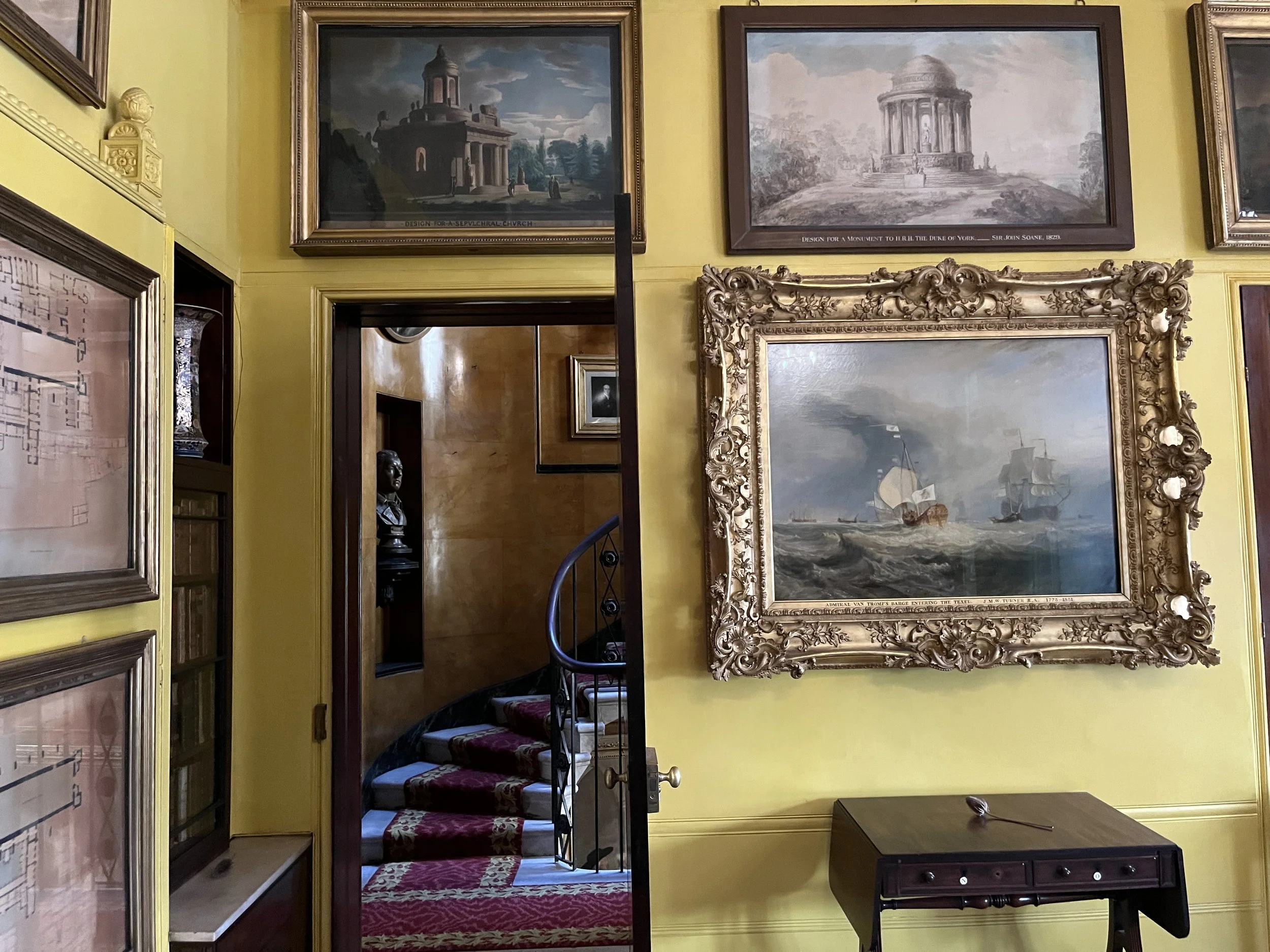








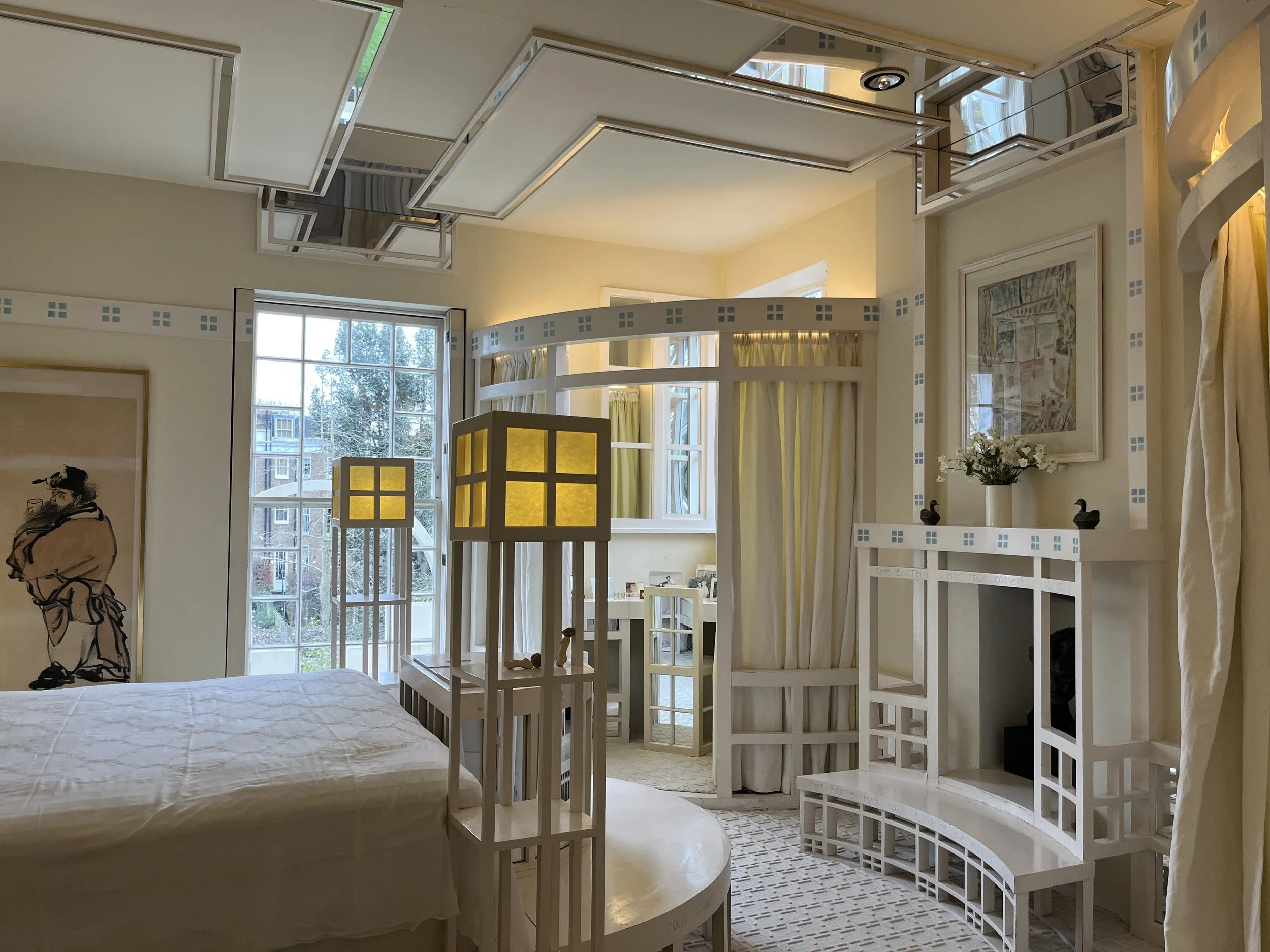


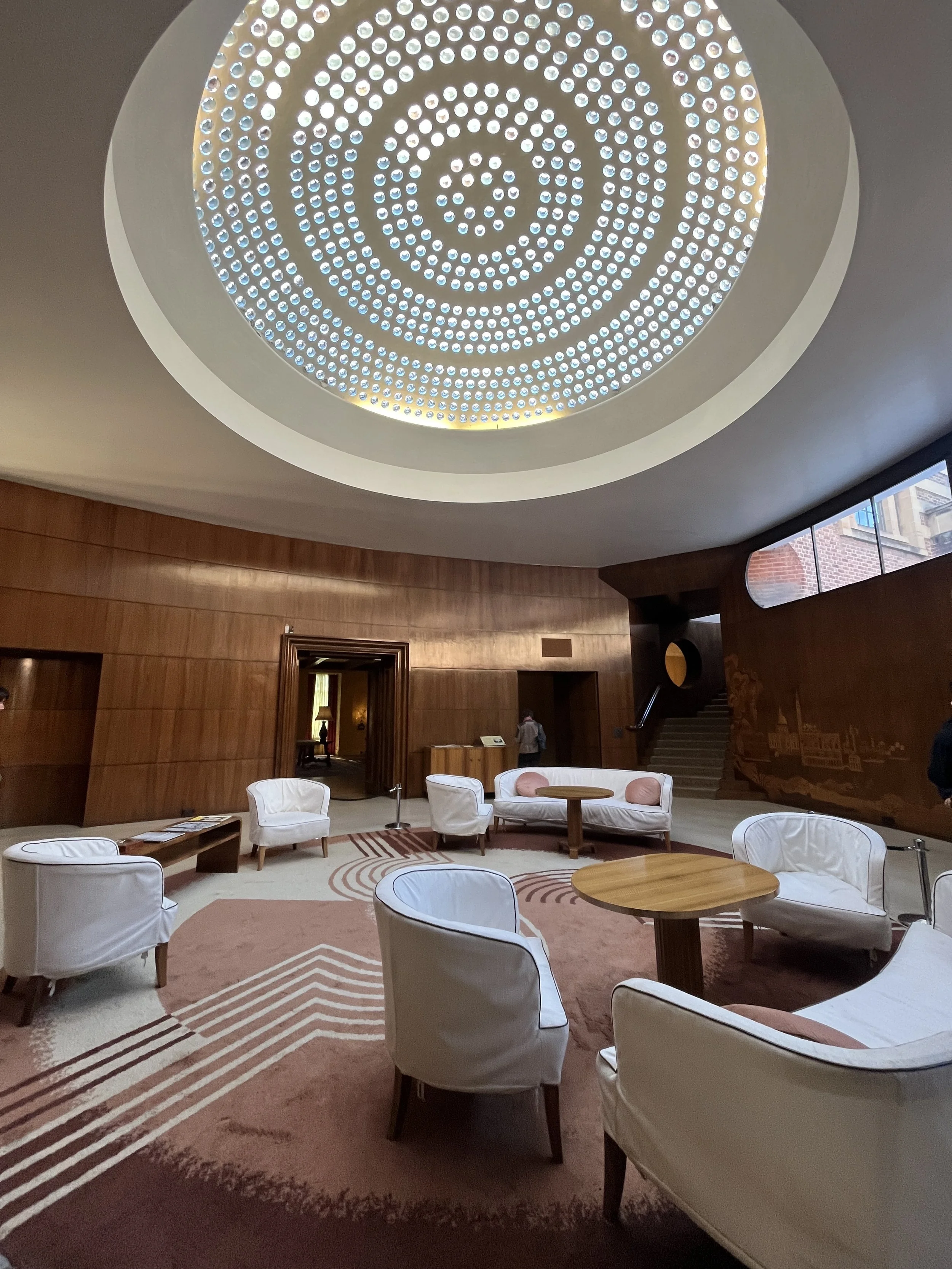


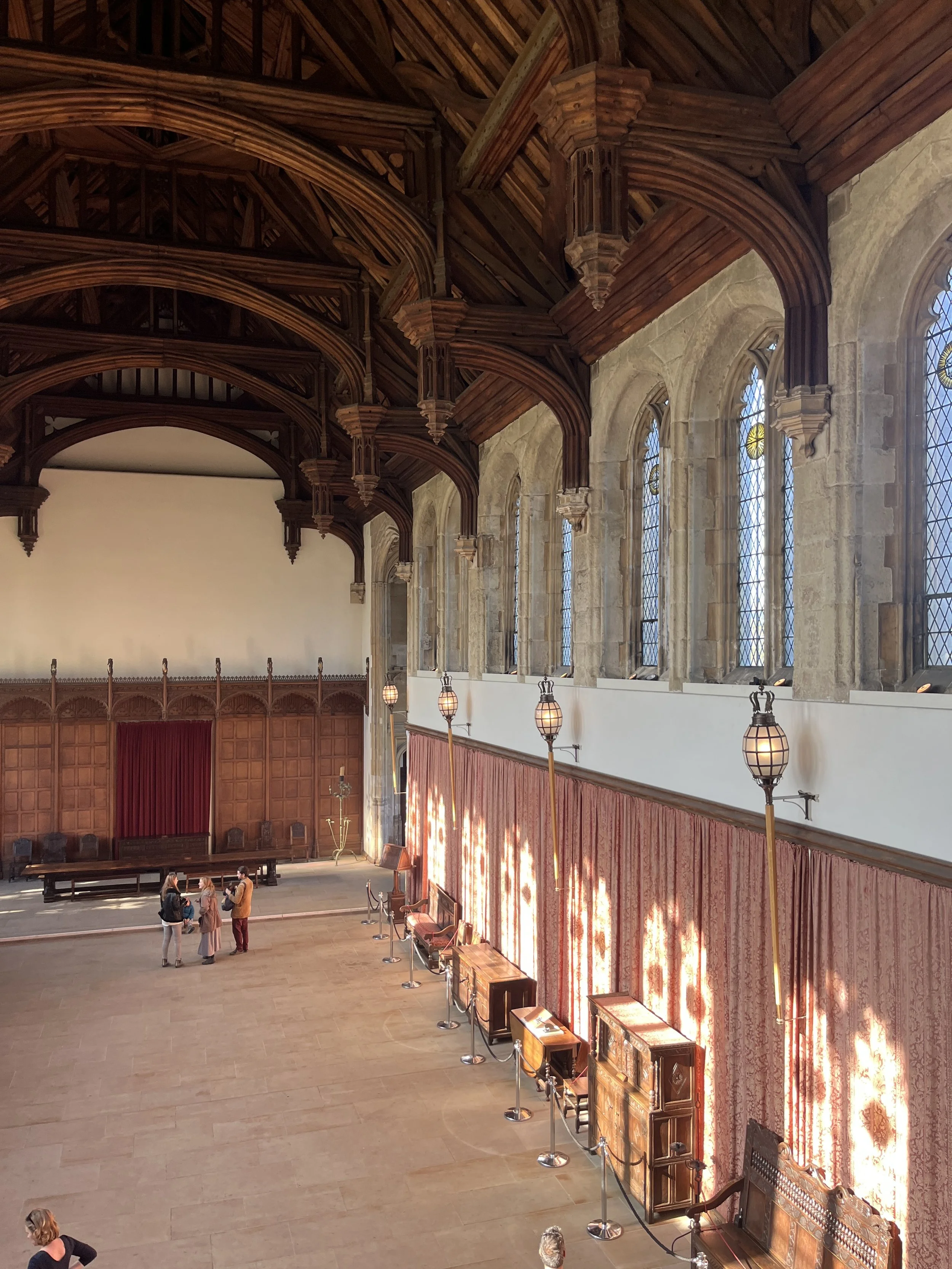
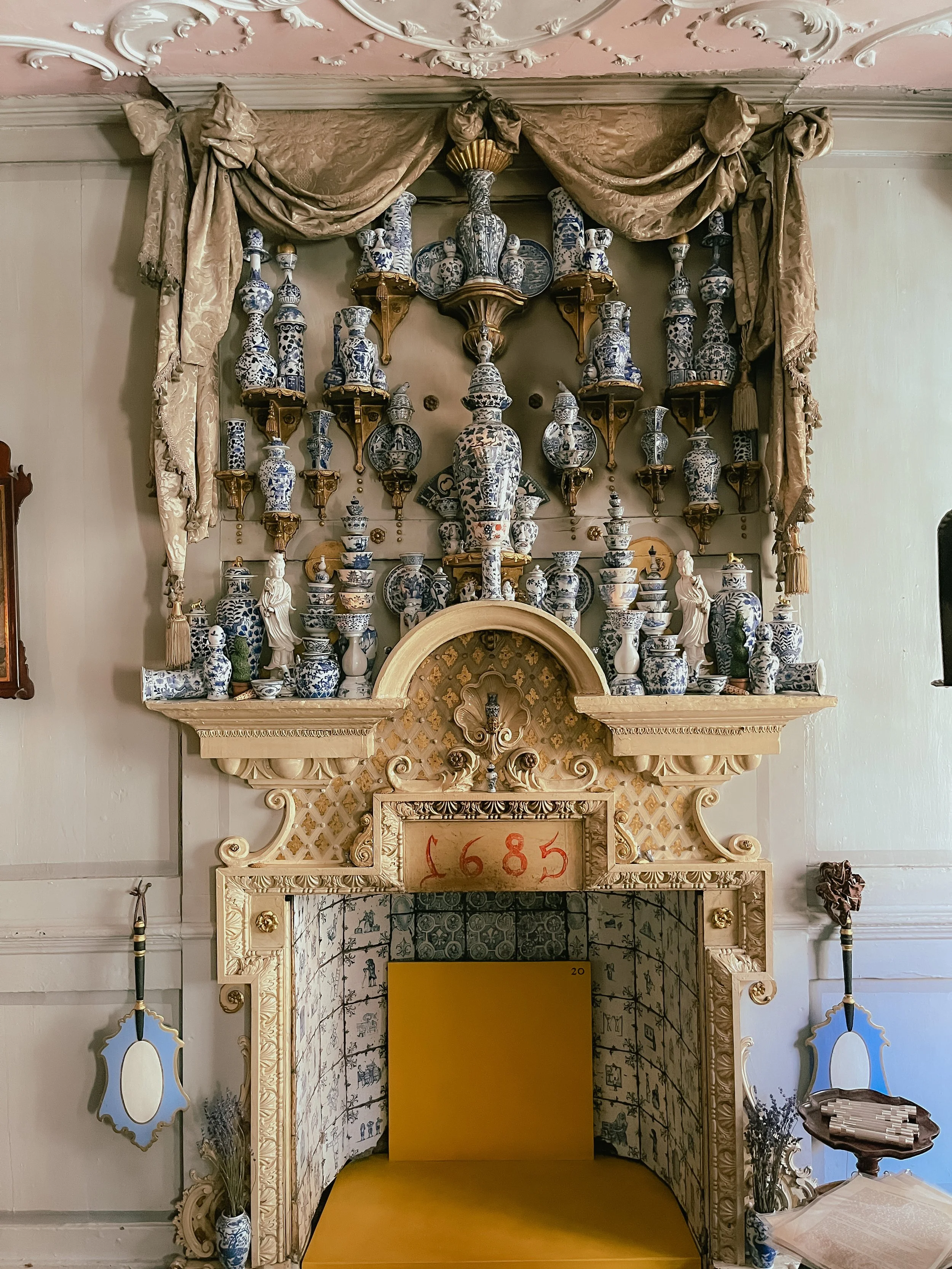



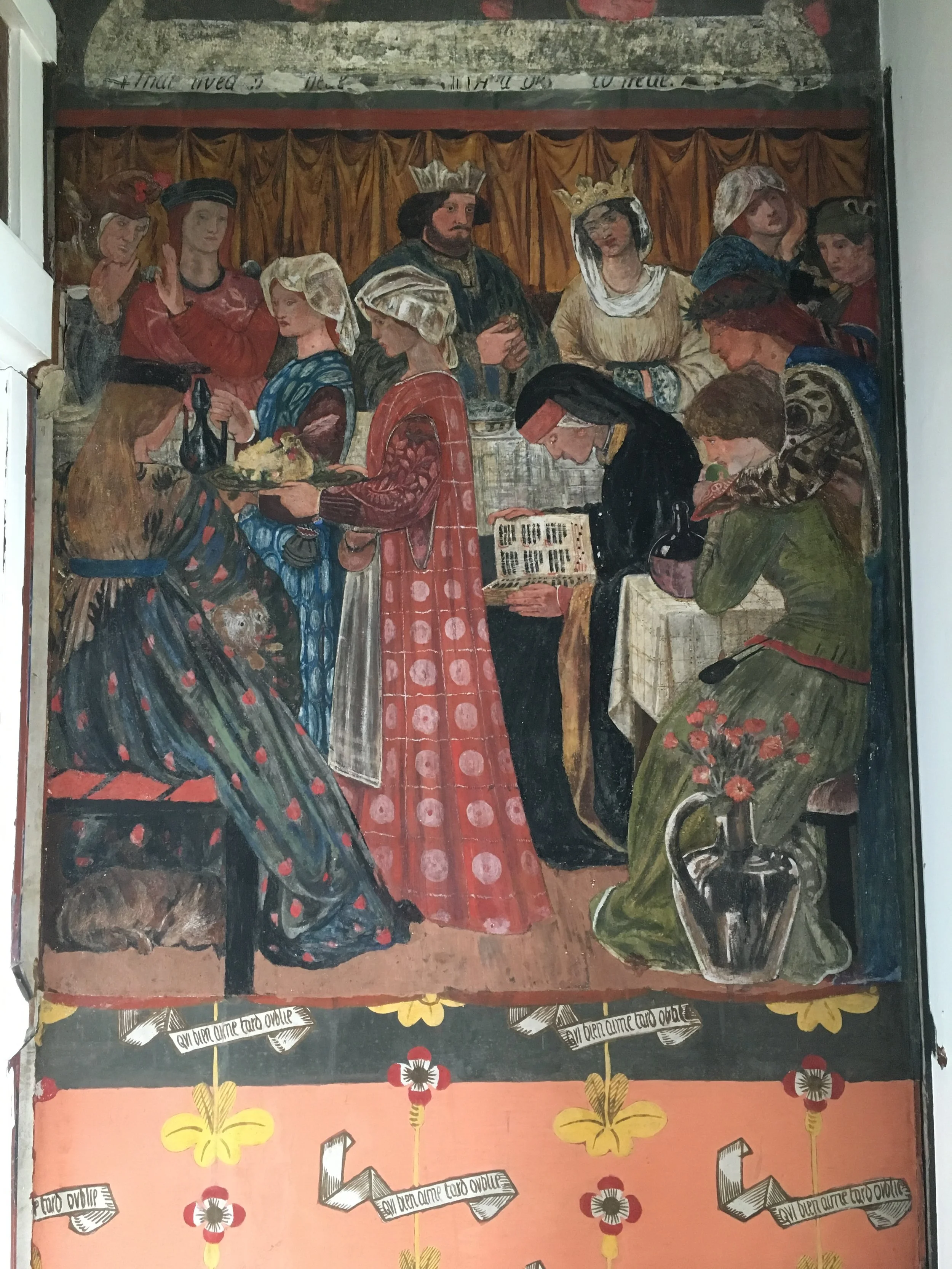

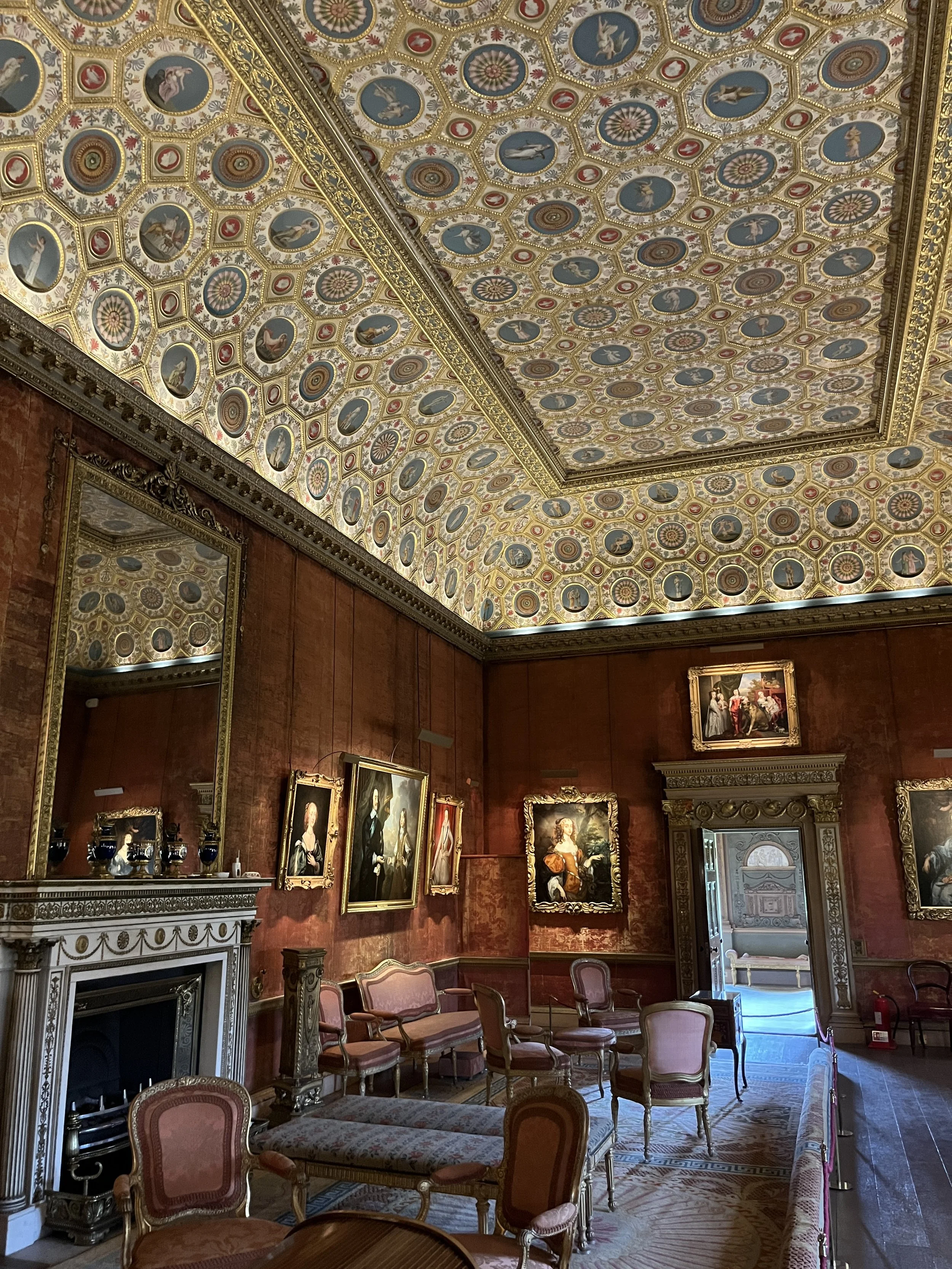


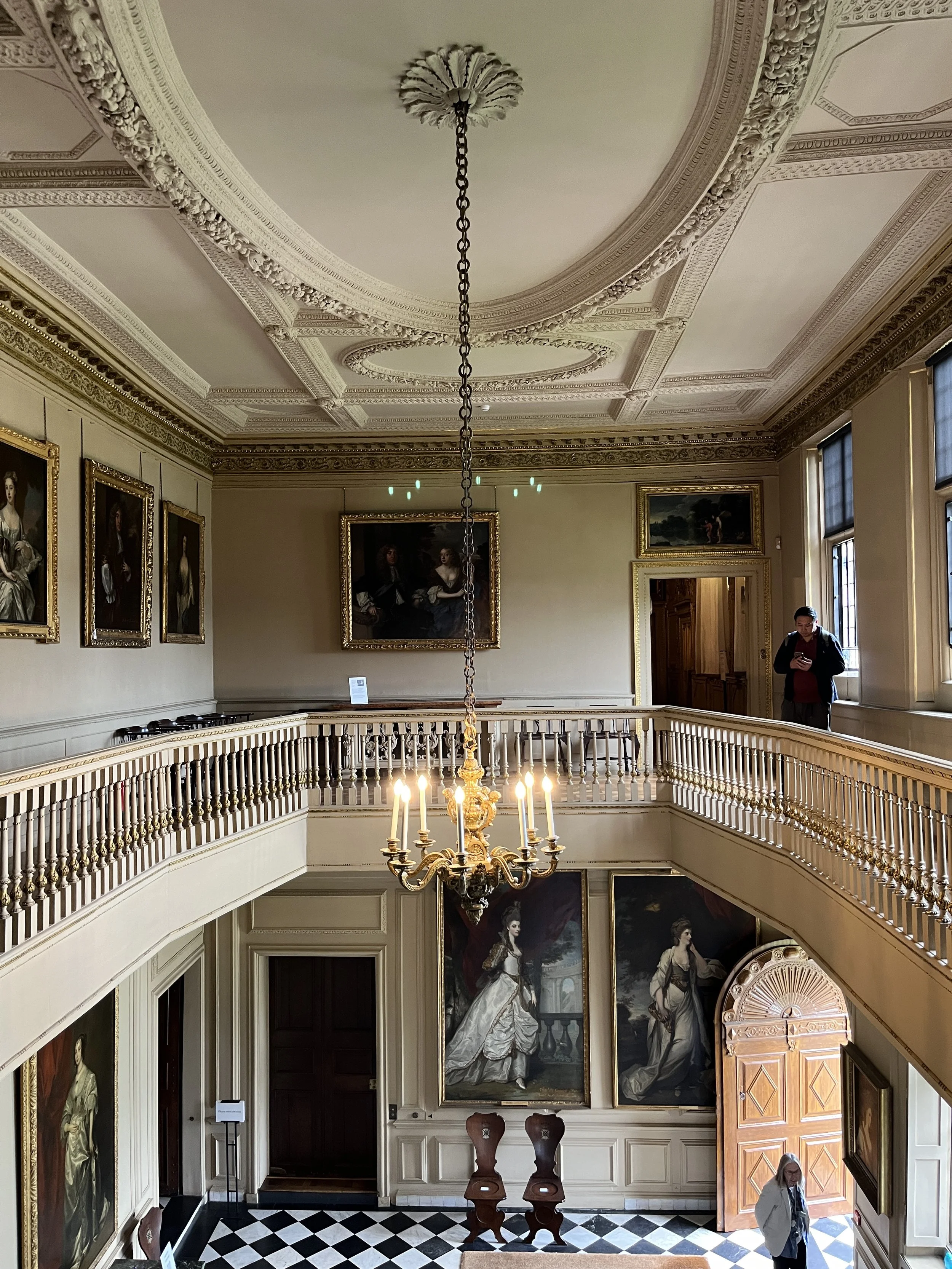




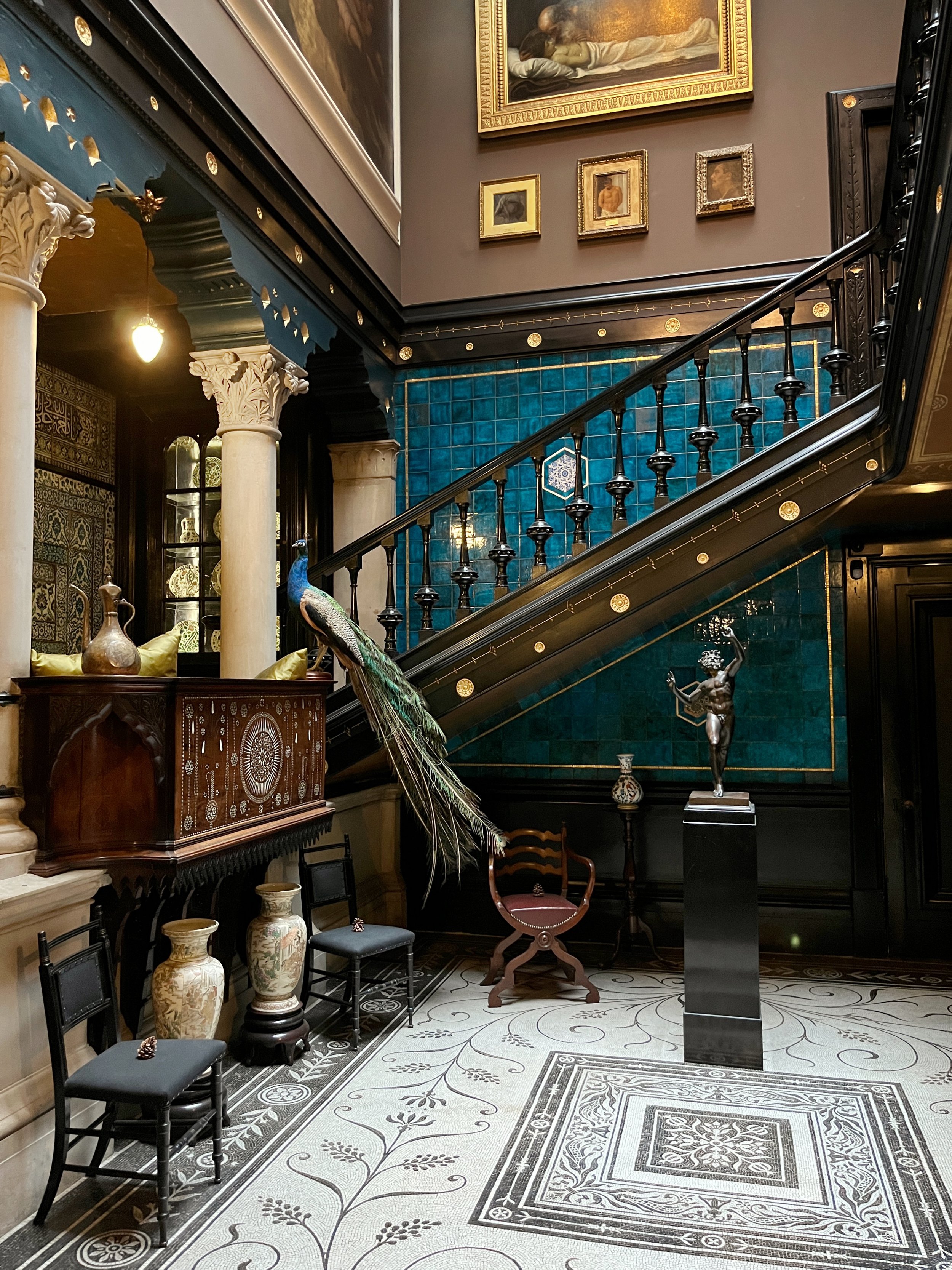
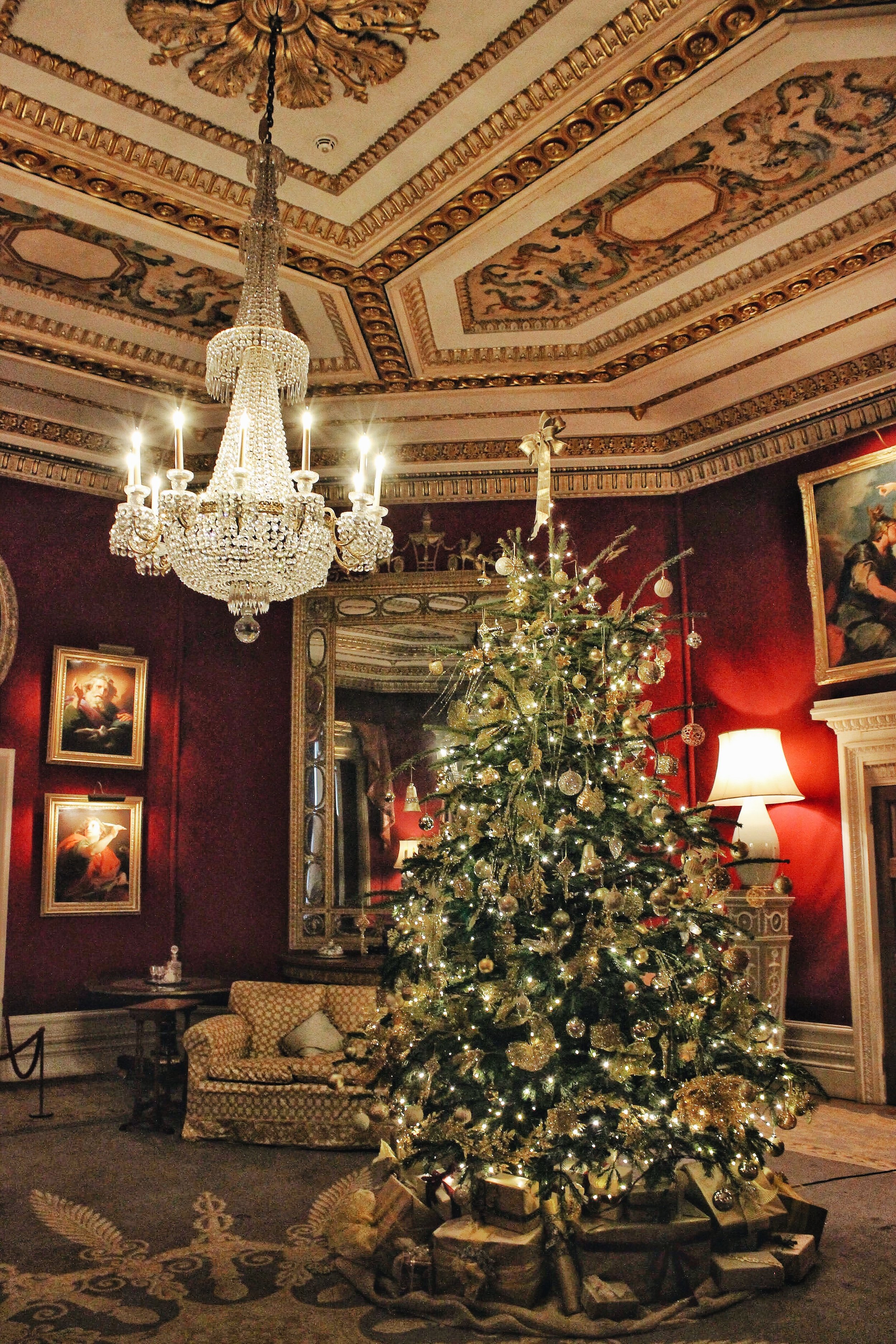
Discover the best things to do in London this Christmas without the crowds or the commercial chaos. As a London local with seven Christmases in the city, I'll share my insider tips on how to enjoy an authentic, festive experience—free from overpriced attractions and overcrowded markets. Explore quieter, more intimate ways to celebrate the holiday season and soak up the true magic of Christmas in London.